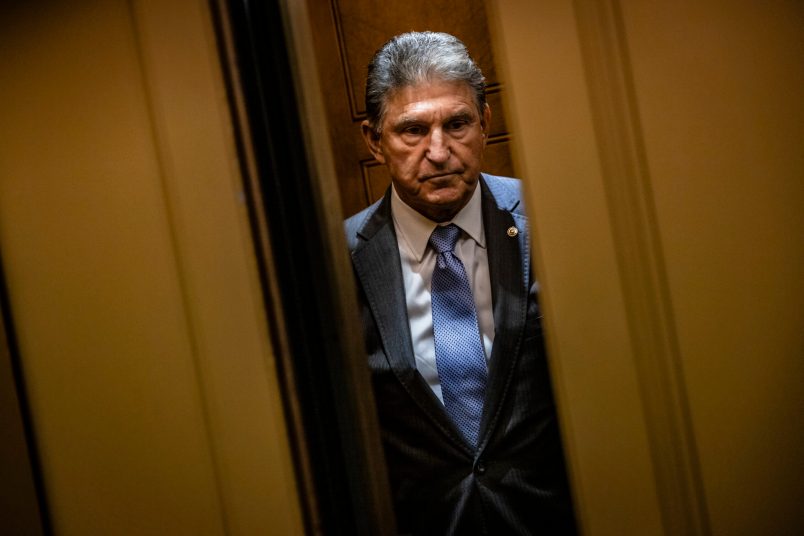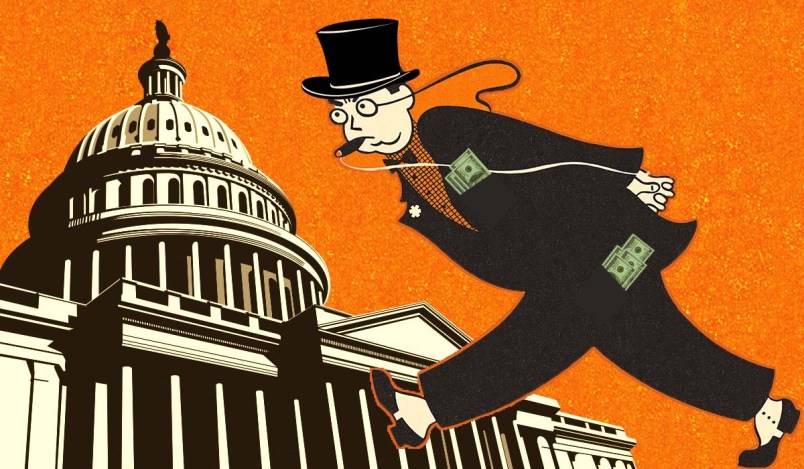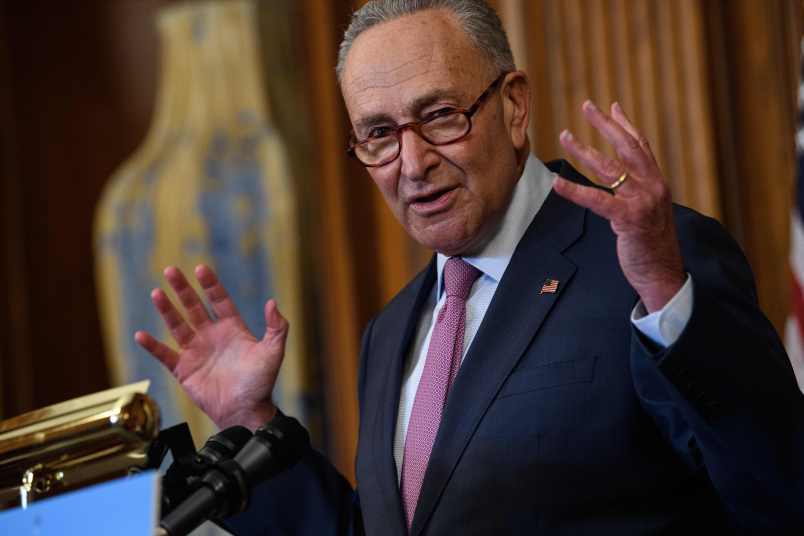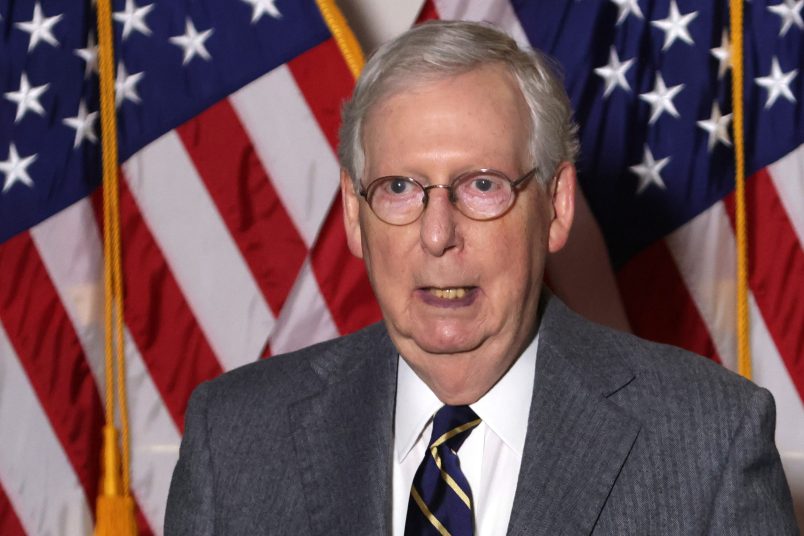House Minority Leader Nancy Pelosi (D-CA) has cleared a key hurdle in her quest to seize back the speaker’s gavel, winning the support of the vast majority of her caucus in a closed-door vote Wednesday afternoon.
Pelosi secured the support of 203 Democrats, with just 32 members of her caucus opposing her and three submitting blank votes.
The real test will come on Jan. 3, when Pelosi needs to win a majority of the entire House to become speaker. To do so, she can afford to lose just 17 Democratic votes.
She and her allies have been working hard behind the scenes to twist enough arms and offer enough perks to recalcitrant members to keep that number to a minimum. While the total who voted against her is more than she can afford to lose, there are some members, especially freshmen from tough districts, who needed to show they wanted new leadership but may be willing to vote for her on the House floor when it counts.
Pelosi told reporters she was confident she’d get the votes she needed on the House floor as she exited the meeting. The tally against her this time was barely more than half the number of members who voted against her in caucus two years ago. Only four of them voted against her last time on the House floor, her allies were quick to point out.
And she used a powerful coalition of speakers popular with different parts of the Democratic coalition to introduce her, including a pair of freshmen from tough districts and Rep. John Lewis (D-GA), a civil rights icon, who sources say drew a standing ovation with his speech.
“I said we need her now more than ever before,” Lewis told TPM as he exited the meeting. “She will get the votes. The votes will be there.”
Rep. Eric Swalwell (D-CA), a close Pelosi ally who also spoke on her behalf, told TPM he had been telling freshmen from tough districts to “do what’s best for your constituents” in the private caucus vote — but “if you go to the floor and it’s [GOP leader] Kevin McCarthy versus Nancy Pelosi, were you sent here to vote for Kevin McCarthy or make it more likely that Kevin McCarthy’s the speaker?”
The vote came after Pelosi struck a tentative deal with the Problem Solvers Caucus, an offshoot of the bipartisan and business-friendly No Labels organization. Nine members of that group of centrists that had been threatening to vote against her unless she agreed to some rule changes, numbers that, combined with the 20-odd Democrats promising to oppose Pelosi, could have given her real problems on the House floor on Jan. 3. The deal included tentative agreements to bring any bill that has the support of two thirds of the full House to the floor, and grant a vote to any amendment that has backing from twenty members of each party. It’s unclear what the enforcement mechanisms would be.
Pelosi and incoming House Rules Committee Chairman Jim McGovern (D-MA) announced the agreement as the meeting began.
“These proposals will provide a more accommodating and respectful process that will help us in our mission to return to the principle that ideas matter in the House of Representatives,” the pair said in a joint statement. “We’re committed to running the House differently while upholding our Democratic values.”
Pelosi also met with Reps. Seth Moulton (D-MA), Tim Ryan (D-OH) and Kathleen Rice (D-NY), the trio leading the push against her, before the caucus vote. They’ve walked back their demand that she drop out this time and are now calling for her to offer a timetable for ending her speakership and transitioning to new leadership, an offer she solidly rejected.
“We met with Leader Pelosi and tried to engage her in a reasonable conversation about leadership transition,” Rice said in a statement. “Unfortunately, our concerns were dismissed outright. We remain united behind our goal of new leadership and intend to vote against Leader Pelosi in caucus and on the floor of the House.”
But some cracks seemed to be showing among the dissenters who’ve promised not to vote for Pelosi on the floor. Voting present means a member’s vote doesn’t count against Pelosi, lowering the threshold she needs to reach to become speaker, and one freshman who’s vowed not to back her left the door open to doing just that.
“I’m going to have to look at that and learn about a little bit,” Rep.-elect Jeff Van Drew (D-NJ) said when asked about whether he might vote present.






